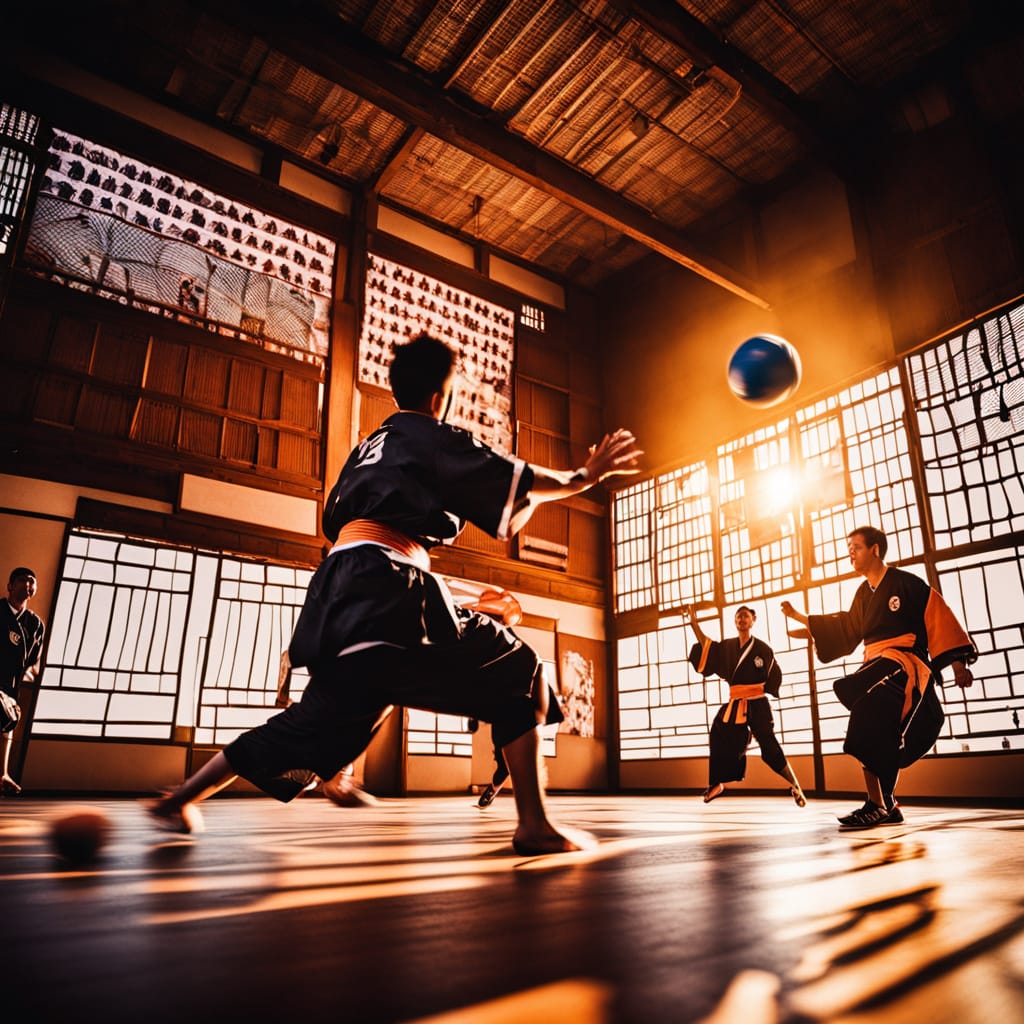
The Timeless Art of Kemari: A Cultural Gem in the World of Sports
Kemari, an ancient Japanese sport, holds a unique place in history and culture. Rooted in tradition, this fascinating activity is more than just a game; it is an art form. In recent years, it has garnered global attention, captivating sports enthusiasts and cultural historians alike. Although not as widely recognized as soccer or basketball, Kemari continues to inspire players and fans worldwide. This blog explores the origins, rules, and modern-day relevance of this remarkable sport.
Origin and History
It dates back to the Heian Period (794-1185) in Japan, making it one of the oldest ball games in the world. Influenced by the Chinese game of cuju, it was introduced to Japan during the Asuka Period (538-710). Over time, Kemari evolved to reflect Japanese aesthetics and values. The game quickly became a pastime of the aristocracy, symbolizing refinement and grace.
During the Heian Period, it was often played at imperial courts and Shinto shrines. It was closely associated with rituals, emphasizing harmony and balance. Unlike competitive sports, Kemari focused on collaboration and skill. Players aimed to keep the ball in the air using their feet, ensuring smooth and elegant movements.
In the Edo Period (1603-1868), Kemari experienced a decline due to political changes. However, efforts to revive the sport began during the Meiji Era (1868-1912). Today, it is practiced at cultural festivals and historical reenactments, preserving its legacy.
Global Popularity
Though primarily a Japanese tradition, it has piqued international interest. Cultural exchanges and global events have introduced the sport to new audiences. Tourists visiting Japan often witness Kemari performances at shrines like Kyoto’s Shimogamo Shrine. Such events highlight the sport’s cultural significance.
Outside Japan, Kemari is showcased at cultural festivals and exhibitions. Countries with strong ties to Japanese culture, such as Brazil and the United States, host Kemari demonstrations. Enthusiasts worldwide have embraced the sport for its elegance and historical value.
In addition, modern adaptations of Kemari have emerged in some regions. These adaptations blend traditional elements with contemporary sports techniques. By doing so, they ensure Kemari’s continued relevance in today’s globalized world.
How Amateur Kemari is Played Worldwide
Kemari is celebrated by amateur players across age groups. Community centers and cultural organizations often organize workshops and games. These events aim to educate participants about the sport’s history and techniques.
Youth programs have integrated Kemari into their activities, emphasizing teamwork and cultural awareness. Schools in Japan sometimes include Kemari in physical education curricula. This helps students appreciate traditional sports while developing coordination and balance.
Outside Japan, cultural clubs introduce Kemari to international audiences. Participants learn the basics of keeping the ball aloft and moving gracefully. Many amateurs find the sport’s non-competitive nature refreshing and inclusive.
Professional Leagues and Global Associations
While it lacks the structure of professional leagues seen in soccer or basketball, it has dedicated organizations. The Kemari Preservation Society in Japan is one such body. This group ensures the sport’s traditions are upheld and organizes events nationwide.
Global interest has led to the formation of cultural associations promoting Kemari. These organizations host workshops, performances, and competitions. Though not professional in the traditional sense, such events showcase high levels of skill and artistry.
Collaborations between international and Japanese organizations have further elevated Kemari’s profile. Joint events often attract media attention, drawing new fans to the sport.
Political and Social Significance
It transcends its role as a mere pastime. Historically, it served as a diplomatic tool, fostering unity among aristocrats. The sport’s emphasis on harmony aligns with broader Japanese cultural values.
Socially, it symbolizes grace and cooperation. Its practice encourages mutual respect and collaboration. Events featuring Kemari often bring communities together, fostering cultural exchange.
In modern times, Kemari has become a symbol of cultural preservation. Efforts to promote the sport highlight the importance of safeguarding intangible heritage. Governments and cultural organizations recognize Kemari as a valuable link to Japan’s past.
Rules of Kemari
Kemari’s simplicity makes it accessible to players of all skill levels. The game revolves around keeping a ball, called a mari, in the air. Players use their feet, head, knees, and shoulders to prevent the ball from touching the ground.
Traditionally, it is played on a flat, rectangular field known as a kikutsubo. The field is often surrounded by trees, which serve both aesthetic and functional purposes. A group of 6-8 players forms a circle, ensuring equal participation.
The ball used in Kemari is made of deerskin and filled with sawdust. Its lightweight design enables controlled, graceful movements. Players wear traditional attire, including a distinctive hat called an eboshi.
Unlike many sports, Kemari has no scoring system. The primary objective is to maintain a fluid, uninterrupted sequence of passes. This reflects the sport’s emphasis on collaboration rather than competition.
Why Kemari Remains Relevant
Kemari’s enduring appeal lies in its blend of physical skill and cultural richness. For modern audiences, it offers a unique alternative to high-intensity sports. Its focus on grace and teamwork resonates with individuals seeking mindful activities.
The sport also serves as a bridge between past and present. Through Kemari, participants connect with centuries-old traditions while fostering contemporary cultural dialogue. This dual role ensures its continued relevance in a rapidly changing world.
Kemari is more than a game; it is a celebration of art, culture, and unity. By understanding its history and significance, we gain a deeper appreciation for this timeless tradition.




